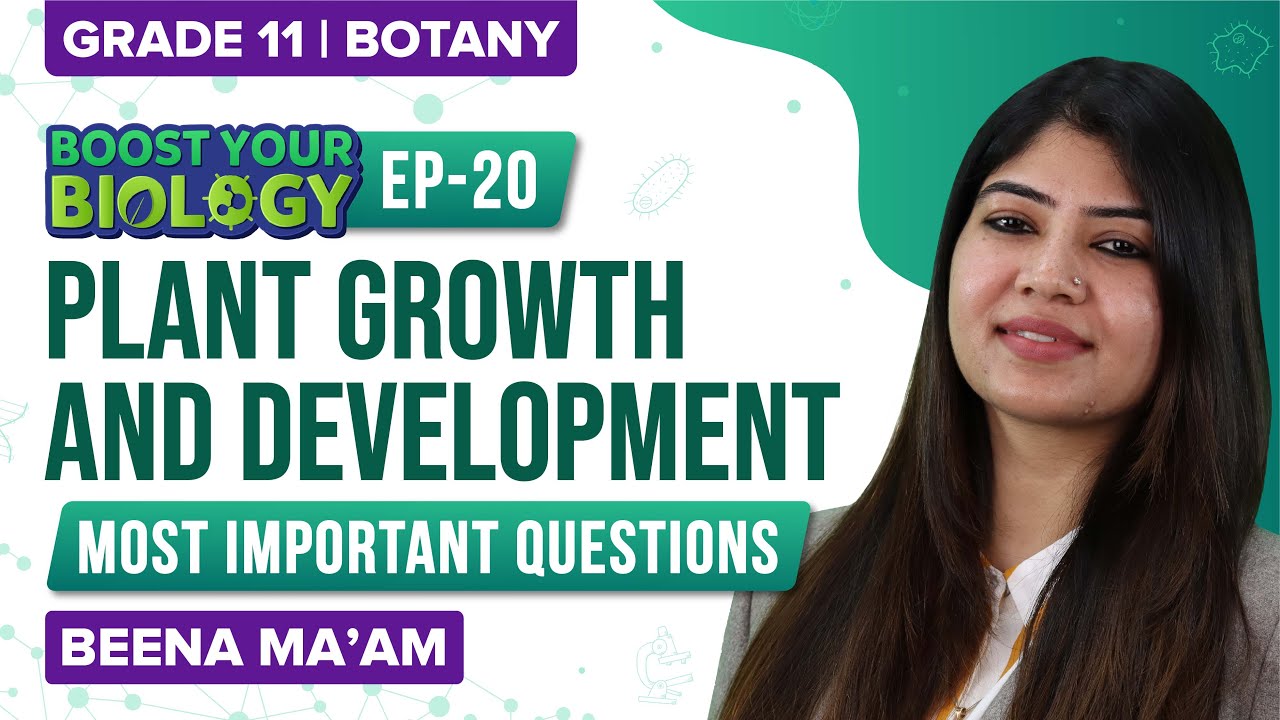Long day plants require more exposure to light in order to initiate flowering. Flowering is initiated in them when they are exposed to a period of light greater than the critical photoperiod.
Download Complete Chapter Notes of Plant Growth and Development
Download Now
Photoperiodism
Photoperiodism is the response of plants to light and dark periods. Certain plants require a specific combination of light and dark periods to initiate flowering. The relative duration of the light and dark periods is important for certain physiological reactions.
Garner and Allard observed the significance of daylight length in photoperiodism. Later it was discovered that the length of night controls the photoperiodic response.
The light and dark periods are perceived by leaves. On receiving the right amount of photoperiod that is sufficient to induce flowering, a hormonal substance is produced that initiates flowering. The hormonal substance gets transported to the shoot apices and induces flowering there.
On the basis of the amount of dark and light periods required, the plants can be classified into three types. They are:
- Long Day Plants: They require the periodic exposure of light exceeding the critical period to induce flowering.
- Short Day Plants: They require the periodic exposure of light less than the critical period to induce flowering.
- Day-neutral Plants: The flowering in many plants does not depend on the photoperiod. They are called day-neutral plants.
The critical photoperiod is different for different plants. Photoperiodism induces the formation of floral buds on shoots. The shoot apices get modified to the flowering apices at the time of flowering, but they do not perceive photoperiods. Photoperiods are perceived by leaves.
The seasonal changes in the photoperiod or night length are detected by photoreceptor proteins in many flowering plants. These photoreceptors are phytochromes or cryptochromes.
Phytochromes are sensitive to the light in the red and far-red regions of the visible spectrum. Cryptochromes are flavoproteins and they are sensitive to blue light and UV-A.
Other than flowering, photoperiodism also influences the seasonal growth in stems, roots and fall of leaves.
Long Day Plants
Long day plants require light way above the critical photoperiod to induce flowering. They usually flower during the seasons when the days are of long duration, such as during the early summer and late spring.
The obligate long day plants flower strictly only when the plant is exposed to the required photoperiod, whereas the facultative long day plants flower in any photoperiod, but flowering is faster under a certain photoperiod.
Examples of long day plants are as follows:
Long day obligate plants: Carnation (Dianthus), Oat (Avena)
Long day facultative plants: Wheat (Triticum aestivum), Pea (Pisum sativum)
Short Day Plants
Short day plants require light below the critical photoperiod to induce flowering. They usually flower during the seasons when the days are of short duration, such as during the summer or fall. A continuous period of darkness is necessary for flowering in the short day plants.
The obligate short day plants flower strictly only when the required dark period is provided, whereas the facultative short day plants flower in any photoperiod, but flowering is faster under a certain dark period. The duration of the dark period required for flowering differs in different plants.
Examples of short day plants are as follows:
Short day obligate plants: Hyacinth bean (Lablab purpureus), African marigold (Tagetes erecta)
Short day facultative plants: Cotton (Gossypium), Soybeans (Glycine max), Rice (Oryza)
Difference between Long Day and Short Day Plants
|
Long Day Plants |
Short Day Plants |
|
They flower when they are exposed to a period of light more than the critical photoperiod. |
They flower when they are exposed to a period of light less than the critical photoperiod. |
|
The continuous length of the light period is more critical. |
The continuous dark period is more critical. |
|
If a flash of light interrupts the dark period, flowering is stimulated. |
They do not flower if a flash of light interrupts the dark period. |
|
Flowering is not inhibited if the dark period interrupts the long period of light. |
If the dark period interrupts the long period of light, flowering is not stimulated. |
|
They normally flower during late spring or early summer. |
They normally flower during early spring or autumn. |
|
Gibberellic acid induces flowering. |
Gibberellic acid generally does not induce flowering. |
This was in detail about the Long Day Plants. Explore notes on other important concepts related to NEET, only at BYJU’S.
Recommended Video:

Also Check:
Comments